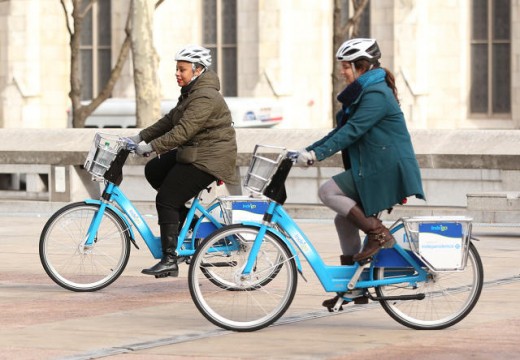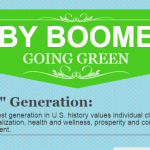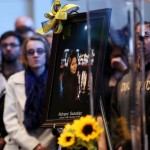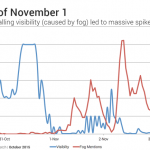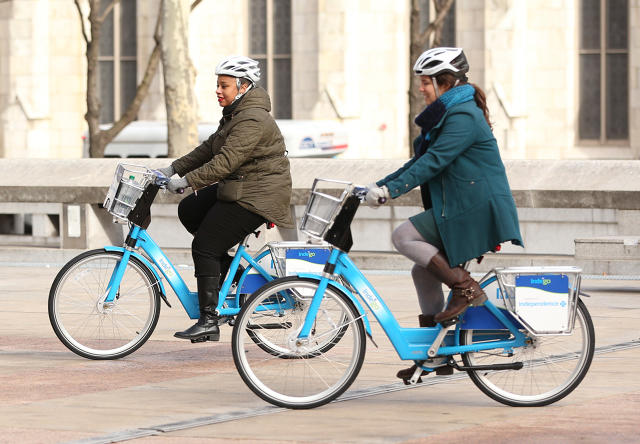Has Philadelphia Made a motorbike Share that may Get the whole city Biking?
Its new software aims to get minorities and low-profits residents to hop on bikes by way of inserting stations extra equitably and providing a option to pay and not using a credit card.
March 30, 2015
Ever in view that Washington, D.C., launched the nation’s first publicly funded bike share application in 2008, some 70 cities have adopted swimsuit, from Savannah to Seattle. And while some systems have floundered financially—even D.C.’s original SmartBike gadget shut down in 2011 before its current Capital Bikeshare took off—bike sharing within the U.S. is evidently on a roll. greater than a dozen new networks launched in 2014, up from just four in 2010.
but Philadelphia will put a new spin on bike share this spring with the launch of its new Indego software in April. In a departure from other bike share applications around the usa, fully a third of the 600 bikes in Philadelphia’s Indego gadget, with stations made by using BCycle, will be located in low-earnings neighborhoods, and all residents may have the option of paying with money if they don’t own a credit card. “We’re blazing some trails,” says the city’s bicycle programs supervisor Aaron Ritz. “We hope that this can be groundbreaking in a repeatable means.”
 photo:Cara Ferrentino; Design: Eurhi Jones
photo:Cara Ferrentino; Design: Eurhi Jones regardless of their increasing success, one area the place bike share applications have generally failed is in attracting a diverse ridership. mainly, bike share users tend to be white, as a minimum center type, and extra often male than female. Even in D.C, the place 1/2 the residents are black, simplest 3% of its riders are black, according to a 2013 document on the program. In Boston, which launched its Hubway system in 2011, eighty% of riders earn greater than the town’s median income of $49,000. new york, which now has just about 6,000 Citibikes in ny and Brooklyn, has none stationed in the poorest minority neighborhoods.
considering that almost all bike share programs are funded as a minimum partly with public money, such stark lack of diversity is particularly complex. Philadelphia, for instance, is purchasing its Indego bike share with $three million in city funds and $1.5 million from the state. the remainder of the program’s $16 million total finances over the following five years comes from a company sponsor (Independence Blue go) and a nonprofit household foundation. “that you would be able to’t just have a way of life amenity that is funded by means of public tools,” says Adonia Lugo, a bicycle anthropologist at Bicicultures, an interdisciplinary analysis collaboration.
That’s why Philadelphia made up our minds to design its bike share system, slated to launch on April 23, to enchantment now not simply to tourists and wealthy residents, however to a bigger slice of its nearly 1.6 million residents. that features the 27% who reside below the poverty line and the town’s majority minority inhabitants, which is 43% black, 12% Latino, and 6% Asian. “Our bike share can be accessible to underserved communities from day one,” says Carniesha Fenwick-Kwashie, supply manager of the Mayor’s Fund for Philadelphia. A $3 million supply from the JPB basis is deciding to buy stations in low-earnings neighborhoods the place the median family profits is 150% of the poverty line.
while bike stations in poorer areas will not be as profitable as these close to vacationer attractions like the freedom Bell or the Rocky Steps, “It was once important for us to place the bikes now not simplest in areas that will be a slam-dunk revenue generator,” says Ritz.
What’s extra, Philly would be the first U.S. metropolis to launch its bike share with a cash payment option available to any resident, regardless of income. (whereas Boston’s Hubway and Capital Bikeshare even have cash cost options, Boston’s is handiest allowed for residents underneath a certain profits threshold and D.C.’s just for residents of certain areas.) they’re going to want access to a computer and a permanent tackle to join the 30-day membership, which prices $15 and comprises a vast selection of free one-hour rides. they’ll receive a key fob within the mail giving them get entry to to the system, and can fund their account at 7-Eleven or family greenback retailers. An annual Indego membership costs $10 plus $four per ride, and nonmembers can pay $4 per half of hour.
 Michael Leff
Michael Leff the enormous query going ahead is whether Philly’s efforts to construct a greater bike share will in reality work. “What makes bicycling obtainable for folk is feeling a way of belonging or seeing people who look like them using,” says Lugo. as a result of many low-earnings folks grew up riding public transit, “riding bicycles can be viewed as a failure,” provides Alison Cohen of Bicycle Transit, which will function Philly’s community of bikes and stations.
To get the phrase out, town is hiring 10 local “ambassadors” to indicate residents methods to use the bike share and motivate them to do so. It has also teamed up with the Mural Arts application to create public murals designed via local artists with help from native fundamental schoolkids in low-income areas that will draw attention to the stations. A social media marketing campaign referred to as “the place Will Indego Take You?” will ask riders to take pictures of rides to their favorite elements of the town and share them on facebook, Instagram, and other social media.
Philadelphia’s ambitions don’t finish at its metropolis limits, both. It’s teaming up with Drexel college’s faculty of Public health to review the influences of motorcycle share on riders’ well being over the following three years. And it is working with the national nonprofit folks for Bikes to help different cities increase more inclusive techniques and change into bike share’s image from a luxurious for the wealthy into an reasonably priced, healthy, and fun different for extra metropolis dwellers.
quick firm , , read Full Story
(175)

